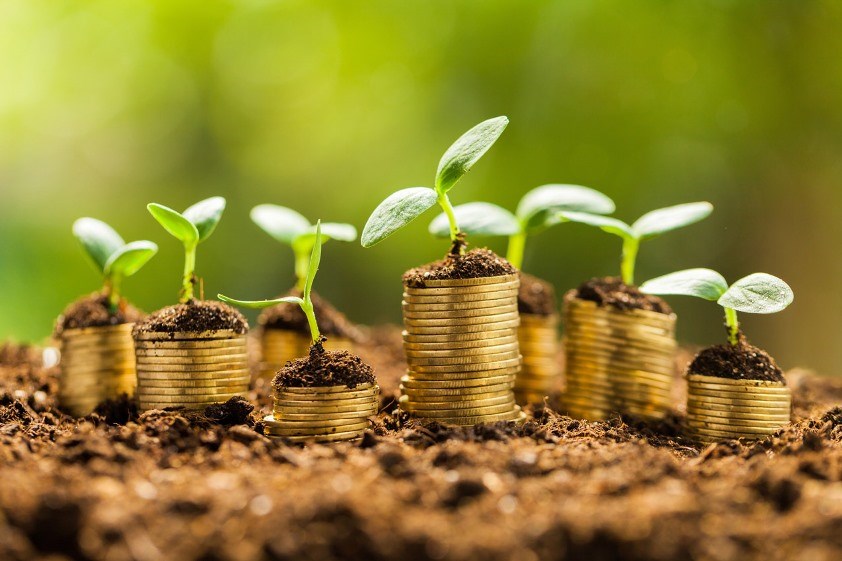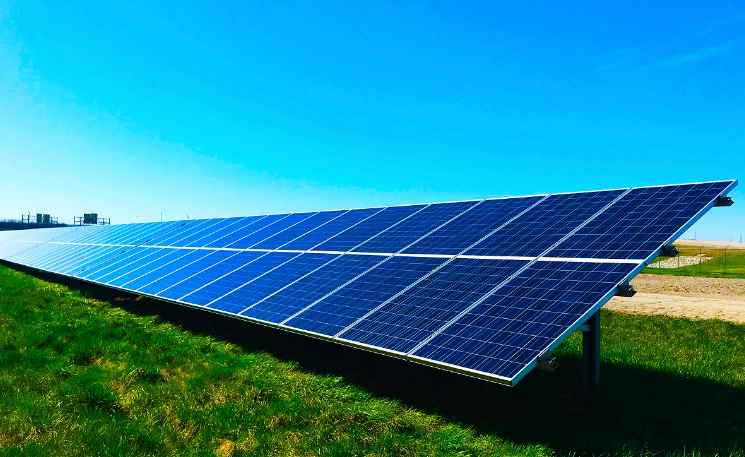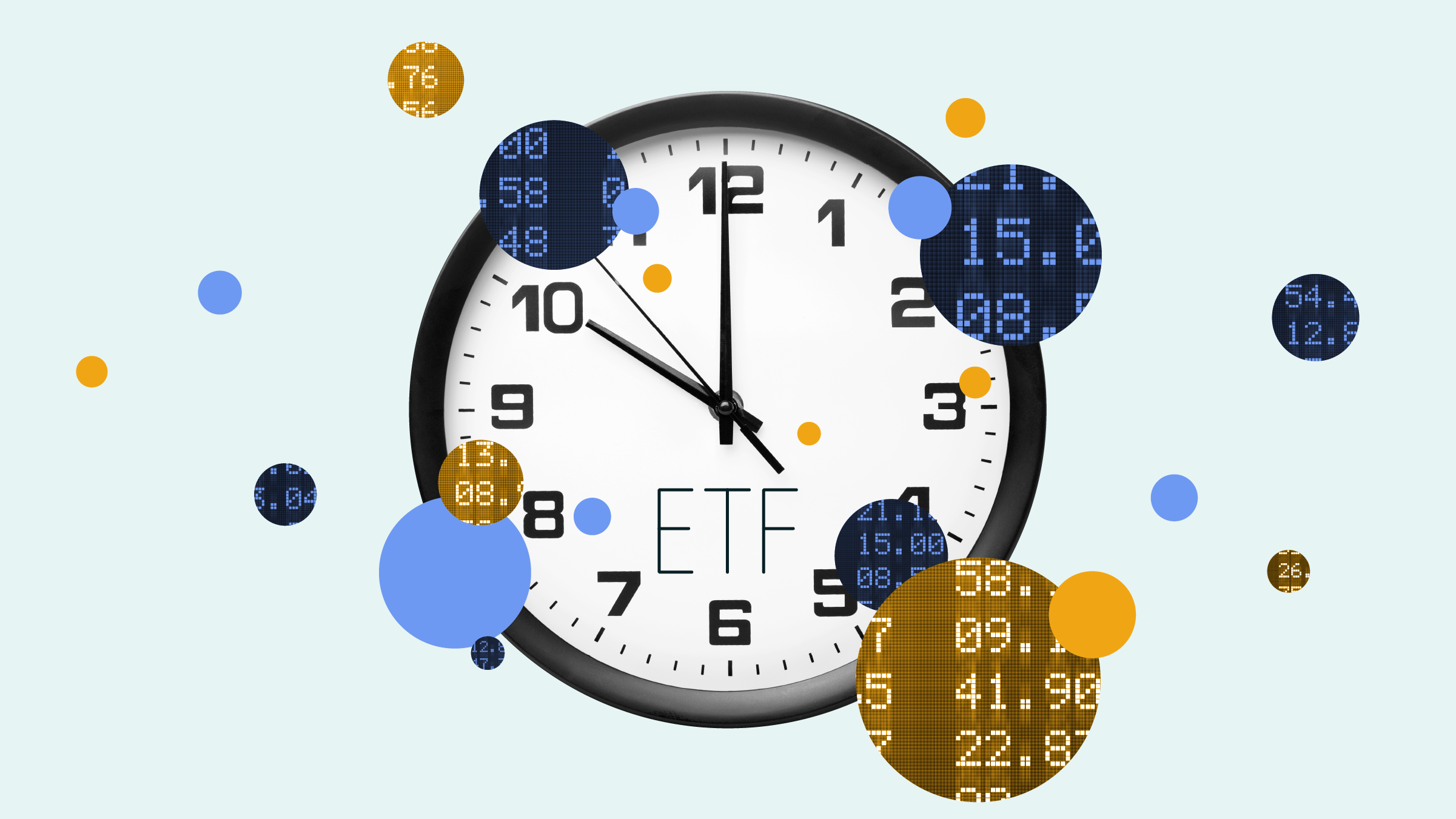Holly Black: Welcome to Morningstar. I'm Holly Black. With me is Mara Dobrescu. She's an Analyst at Morningstar. Hello.
Mara Dobrescu: Hi, Holly.
Black: So Mara, you've been looking into green bonds, which are getting a lot more attention as investors start to think about investing in a sustainable way. So we'll start off with an easy one for you. What is a green bond?
Dobrescu: Yes, so these are a fairly new breed of bonds. And although there's still a niche market, we're seeing significant growth. Now, green bonds are issued exclusively to finance, environmental and climate project, things like green buildings or clean transportation, and that really sets them apart from traditional bonds, where the issuer has the freedom to use the money raised for a variety of purposes or just for general business. And the other difference is that issuers of green bonds are held to really high standards of transparency on how they plan to use the proceeds. And they're held constantly accountable to the impact of those green projects in real life.
Black: So who issues the green bonds?
Dobrescu: So the first ever green bond was issued in 2007 by the European Investment Bank, and green bonds were a tiny slice of the bond market for the next decade. But issuances really accelerated over the past five years, with more bonds being issued every year and from a wider variety of issuers, including sovereigns and corporations. Now, today, the bulk of green bond issuance still comes from European supranational entities and European sovereign states. But there's also some issuance in the U.S. from corporations and local authorities, although there's still no U.S. Treasury green bond at the moment. And then in emerging markets, issuance of green bonds is still pretty minimal at the moment, and it's pretty heavily skewed towards China. But Chinese local green bond standards are not perfectly aligned with international standards. So we've actually spoken to a lot of portfolio managers who purposely avoid these Chinese green bonds.
Black: So I guess one of the key things for investors to consider is whether a green bond is a good fit for their portfolio. So what are some of the things they should be thinking about when weighing that up?
Dobrescu: Sure. So in our study, we identified 76 green bond funds at the moment, 67 active and 9 passive and the vast majority of these vehicles are domiciled in Europe. Now investors have a few things to consider. For starters, these green bond funds tend to be heavily skewed towards euro denominated bonds at the expense of U.S. dollar denominated debt. And they tend to have more corporate agency and supranational exposure than government bond exposure. And these biases mean that green bond funds aren't really a full substitute for traditional fixed income exposure, more like a compliment. And then secondly, if you're looking only at active green bond funds, most of them haven't actually been investing in green bonds for very long. Most of the funds in our cohort actually had a pretty short performance history, or they had been repurposed from other strategies. So investors have to be really, really careful to verify that their active manager truly has an expertise in green bond investing. And finally, as with other fixed income offerings, really keeping an eye on fees is paramount as high expense ratios are really the biggest hurdle to future outperformance.
Black: Mara, thank you so much for your time. For Morningstar I'm Holly Black.








:quality(80)/cloudfront-us-east-1.images.arcpublishing.com/morningstar/6BCTH5O2DVGYHBA4UDPCFNXA7M.png)











